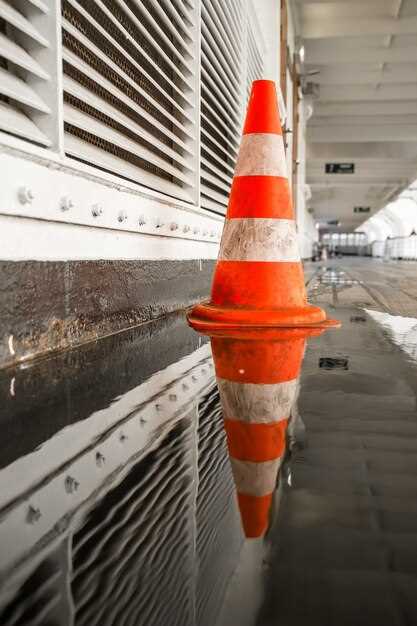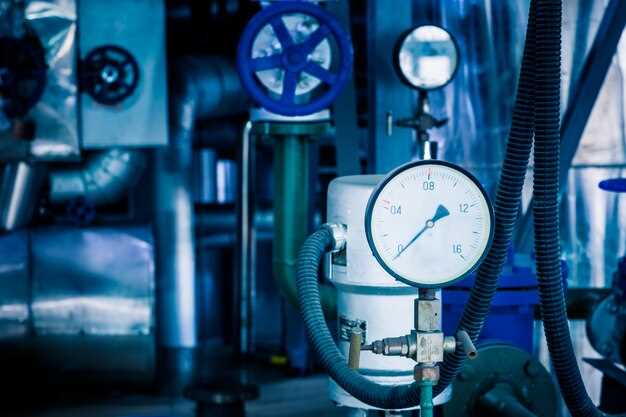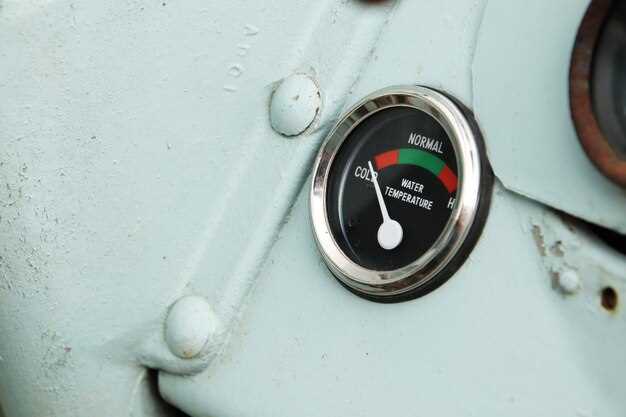
Water pumps play a crucial role in ensuring the efficient operation of BMW vehicles by circulating coolant throughout the engine. This process helps to maintain optimal engine temperatures, preventing overheating and potential damage. However, like any mechanical component, water pumps are subject to wear and tear over time, which can lead to failures that may impact vehicle performance.
Identifying water pump failures early is essential for preventing more severe engine problems that could arise from overheating or coolant leaks. Common symptoms of a failing water pump include unusual noises, coolant leaks, and fluctuating engine temperatures. By recognizing these warning signs, BMW owners can take proactive measures to address issues before they escalate, ultimately saving on repair costs and preserving the longevity of their vehicle.
In this article, we will explore the various indicators of water pump failure in BMWs, the underlying causes of these failures, and strategies for effective diagnosis and maintenance. Understanding these factors is vital for any BMW owner looking to maintain their vehicle’s performance and reliability.
Recognizing Symptoms of Water Pump Issues in BMW Models

Identifying problems with the water pump in BMW vehicles is crucial for maintaining engine health and overall vehicle performance. A malfunctioning water pump can lead to overheating and significant engine damage if not addressed promptly. Here are some key symptoms to look for:
1. Overheating Engine: One of the most immediate signs of a failing water pump is an overheating engine. If the temperature gauge rises unexpectedly while driving, it’s essential to pull over and check for possible water pump issues.
2. Coolant Leaks: Visible coolant leaks beneath the car can indicate a problem with the water pump. If you notice a puddle of coolant under the vehicle, inspect the pump for cracks or corrosion that may allow coolant to escape.
3. Unusual Noise: A failing water pump may create strange noises, such as whining or grinding sounds. These noises often stem from a worn bearing or a loose impeller, signaling that the pump requires immediate attention.
4. Warning Lights: Many BMW models are equipped with dashboard warning lights for engine temperature and coolant levels. If these lights illuminate, it may be an indication of an issue with the water pump or related cooling system components.
5. Reduced Heater Performance: If the cabin heater is not producing hot air, this could signify low coolant levels or a failing water pump. The heater relies on hot coolant circulating through the system to generate warmth.
6. Steam from the Engine Bay: If you see steam rising from the engine area, it could suggest overheating due to insufficient coolant circulation, often caused by a malfunctioning water pump. Stop the vehicle immediately to prevent further damage.
Being proactive in recognizing these symptoms can save BMW owners from costly repairs and ensure their vehicle remains in optimal condition. Regular maintenance and timely inspections are essential to keep the cooling system functioning effectively.
Diagnostic Tools and Techniques for Water Pump Analysis

Identifying water pump failures in BMW vehicles requires a systematic approach utilizing specialized diagnostic tools and techniques. These methods help diagnose issues effectively, ensuring timely repairs and maintenance.
One of the primary tools for water pump analysis is the diagnostic scan tool. This device reads trouble codes from the vehicle’s onboard computer, providing insights into any potential malfunctions related to the cooling system. Specific codes can indicate water pump issues, allowing technicians to pinpoint the problem quickly.
In addition to scan tools, temperature sensors can be employed to monitor engine temperatures in real-time. Abnormal readings may suggest that the water pump is failing to circulate coolant effectively. This technique allows for dynamic monitoring during engine operation, highlighting issues that may not be apparent during static diagnostics.
Ultrasonic leak detectors are also valuable for diagnosing water pump failures. These devices can identify leaks in the cooling system, which may indicate a malfunctioning pump. By concentrating on the sound frequencies produced by escaping coolant, technicians can locate hidden leaks without disassembly.
Visual inspection remains a crucial technique in diagnosing water pump issues. Technicians examine the pump for signs of wear, such as corrosion, cracks, or fluid leakage. Observing the condition of attached components, such as the drive belt and hoses, can also provide valuable insights into the overall health of the water pump system.
Vibration analysis is another advanced technique that can detect water pump failures. By measuring vibrations emitted by the pump during operation, technicians can identify imbalances or irregular patterns that indicate impending failure. This method is particularly useful for identifying problems before they lead to catastrophic failures.
Finally, pressure testing the cooling system can uncover issues related to the water pump’s ability to maintain optimal pressure. This test helps confirm that the pump is functioning correctly and that the entire cooling system is sealed and operating as designed.
Utilizing these diagnostic tools and techniques provides a comprehensive understanding of water pump functionality, enabling effective maintenance and repair strategies for BMW vehicles.
Step-by-Step Guide to Water Pump Replacement in BMWs
Replacing the water pump in a BMW is a crucial maintenance task that ensures optimal engine temperature regulation. Follow this detailed guide to perform the replacement correctly.
Step 1: Gather Necessary Tools and Parts
Before starting, collect the tools required for the job:
- Socket set
- Torque wrench
- Screwdrivers (flathead and Phillips)
- Pliers
- Coolant recovery container
- New water pump
- New gaskets or seals
- Replacement coolant
Step 2: Prepare the Vehicle
Ensure the vehicle is parked on a level surface and the engine is cool. Disconnect the negative battery terminal to prevent any electric shocks or short circuits during the replacement process.
Step 3: Drain the Coolant
Position a coolant recovery container beneath the radiator. Locate the drain plug at the bottom of the radiator and remove it to drain the old coolant. Allow sufficient time for the coolant to completely drain.
Step 4: Access the Water Pump
Depending on your BMW model, you might need to remove various components to access the water pump. This often includes the engine cover, auxiliary belts, and other items obstructing access. Refer to the specific service manual for guidance on your model.
Step 5: Remove the Old Water Pump
Once you have access, disconnect the hoses attached to the water pump. Remove the bolts securing the pump to the engine block using the socket set. Carefully pull the old water pump from its mounting position.
Step 6: Prepare the New Water Pump
Before installation, clean the mounting surface on the engine block thoroughly to remove any old gasket material or debris. Apply a thin layer of gasket sealant if recommended for your specific model.
Step 7: Install the New Water Pump
Position the new water pump into place and secure it with the bolts. Use a torque wrench to tighten the bolts to the manufacturer’s specifications, ensuring an even seal to prevent leaks.
Step 8: Reconnect Hoses and Components
Reattach all hoses that were disconnected during the removal process. Ensure that all clamps are tight and secure. Reinstall any components that were removed to access the water pump.
Step 9: Refill the Cooling System
With everything in place, refill the engine with new coolant through the radiator filler neck. Ensure the proper coolant mixture as specified in your vehicle’s manual.
Step 10: Bleed the Cooling System
Start the engine and let it idle until it reaches operating temperature. This allows any air trapped in the cooling system to escape. Keep an eye on the coolant level and add more if necessary. Check for leaks around the water pump.
Step 11: Final Checks
After confirming there are no leaks and the coolant level is stable, reconnect the negative battery terminal. Close the hood and perform a short test drive to ensure everything functions smoothly.
Following this guide will help you successfully replace the water pump in your BMW, maintaining the vehicle’s performance and reliability.




